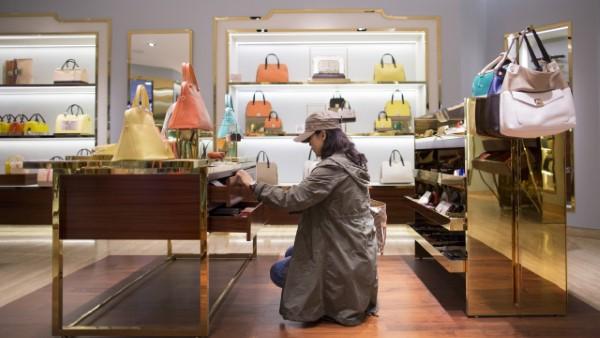
Global luxury: Local consumption and a desire for proximity
Accustomed to conquering the world through global campaigns and international clients, luxury must now think about a more local strategy. From Europe to Asia, between questioning and necessary refocusing, how and why does luxury rely on the notion of geographical proximity to seduce its customers?
The evolution of a pattern
If crises have one advantage, it is to highlight the flaws of certain models. And luxury is no exception to the rule. As analyzed in the previous article in September entitled: "Luxury and pop culture: A winning mix and match", it is sometimes accused of being out of touch with a certain reality. Between a globalized communication and a focus on foreign customers (especially China and the Middle East), it is difficult for traditional customers to find their way. However, the reduction of international travel and sometimes even the impossibility to travel threaten this expansionist strategy.
Indeed, although luxury does not seem to have suffered the full force of these restrictions and is showing good results, the most successful brands are those that have a local base and have not "forgotten" their French and European customers, especially since these local purchases should continue for at least a year. This refocusing is necessary for luxury goods, both from a commercial point of view and in terms of brand image. Indeed, it must be part of a vision for the future and the industry must now focus on an essential value to continue to shine in the world: legitimacy. This requires a certain credibility linked to territorial know-how and strategic geography.

China reviews its purchasing actions
As a major player in the luxury goods sector worldwide and particularly in Europe, China has recently seen its customs duties drop, prices harmonize and customers are more cautious and more concerned about the origin, quality, ethics and general traceability of products. This situation invites companies to better target their strategy on this market if they want to continue to play a role. Another change in the buying act is the rise of Millennials and Generation Z, who represent the largest part of local consumers. Today, nearly three-quarters of luxury purchases are made in China and sales in the local market have increased by nearly 50%. Although the Chinese economy remains a driver of global consumption growth, the Chinese market share now represents 20% of global consumption. This increase is expected to continue and lead to the Middle Kingdom holding the largest share of this market by 2025. Encouraged by the government's policy of encouraging domestic consumption and thus a certain repatriation of purchases, the Chinese, who are the leading consumers of luxury goods abroad, tend to stay at home and consume locally. Hainan Island is a good example of this, with Duty-Free shopping enjoying considerable success: purchases have increased by nearly 98%.
And this increase seems to have a bright future ahead of it, driven by the multiplication of "tax-free" zones on this model. Finally, as Thibaut de La Rivière, director of Sup de Luxe, testifies: "Even though international travel will pick up, local brands that have become firmly established in the landscape and in Chinese habits will continue to play an important role in the luxury market."
